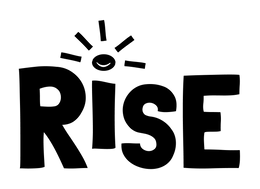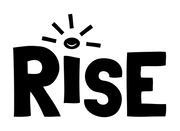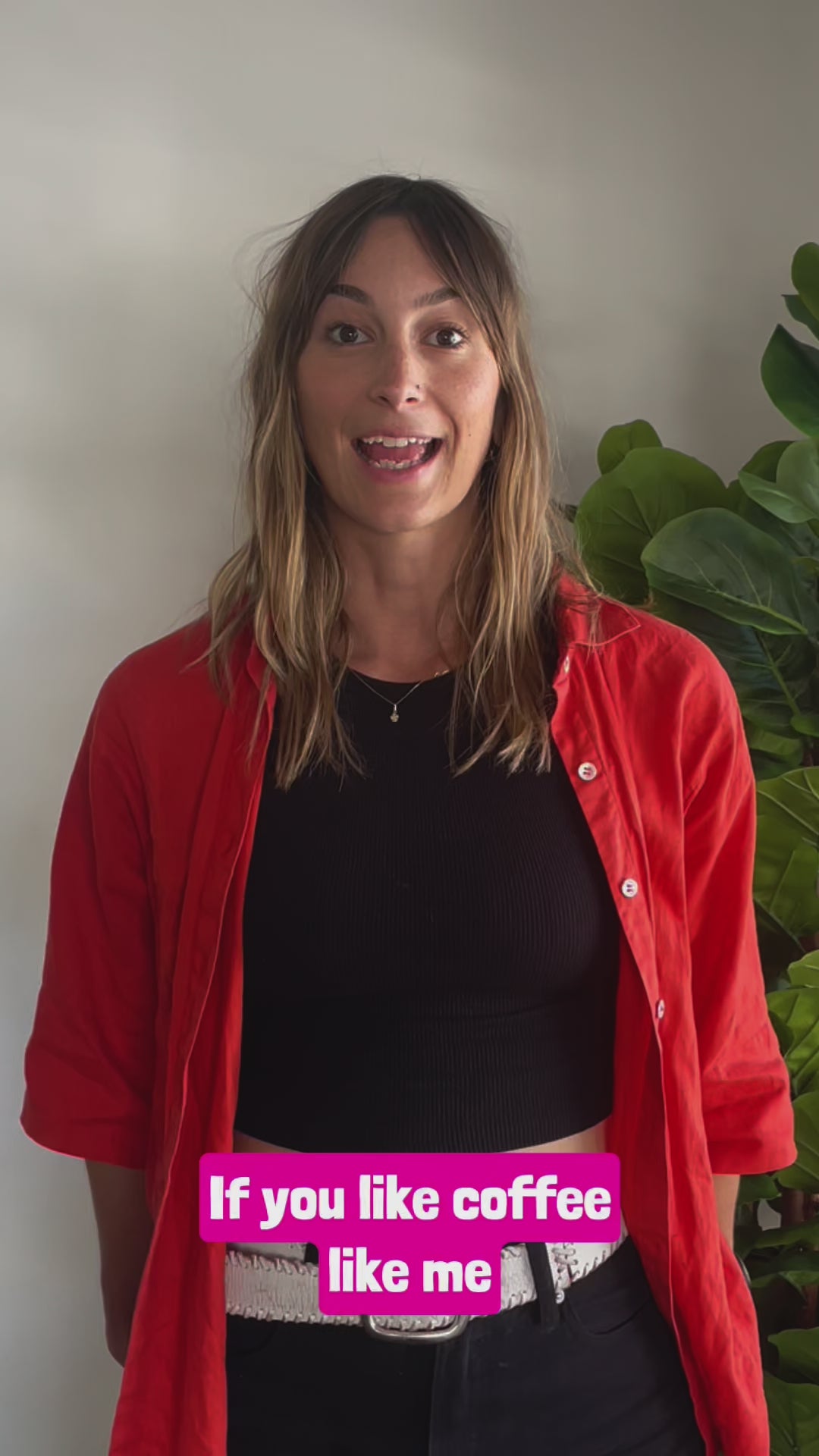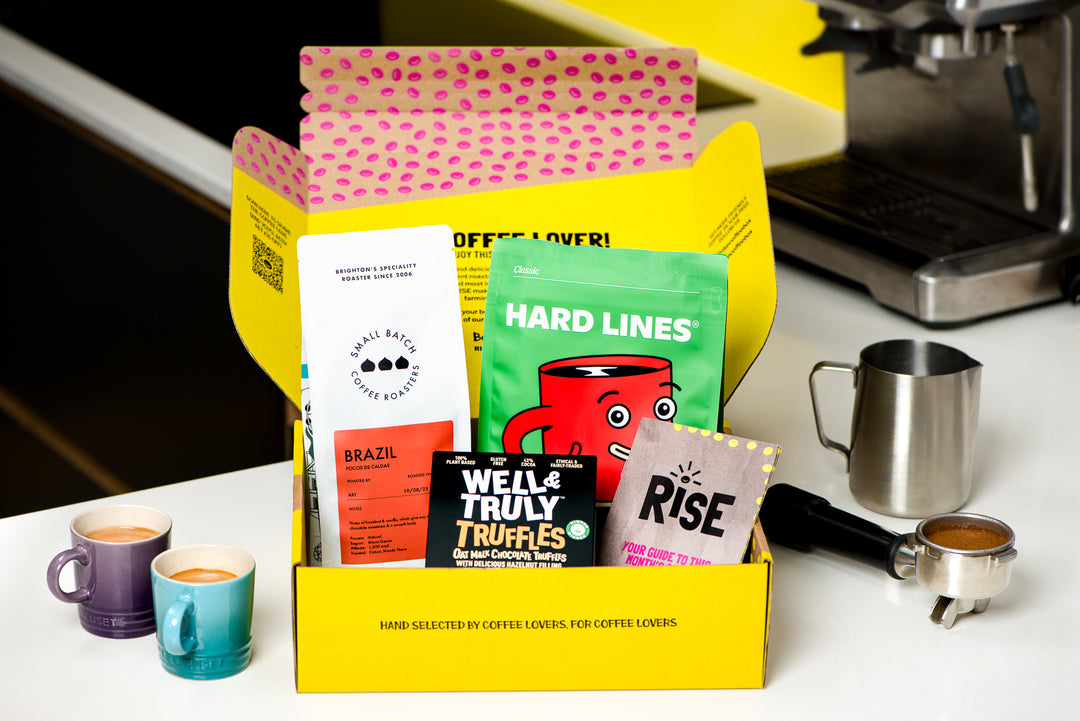Costa Rican coffee: Everything you need to know (2024)
What does Costa Rican coffee taste like?
Costa Rican coffee is renowned for its high quality and distinct flavour profile, which tends to be well-balanced, bright, and clean. Here's a breakdown of what you might expect when tasting Costa Rican coffee:
-
Brightness and Acidity: Costa Rican coffee is known for its lively acidity. This brightness can be described as citrusy, often reminiscent of lemon or orange. The acidity gives the coffee a crisp and refreshing character.
-
Flavour Notes: You can find a range of flavour notes in Costa Rican coffee, depending on the region where it's grown and the processing method used. Common notes include:
- Fruity: Such as berries, apples, and citrus fruits.
- Floral: Some Costa Rican coffees have delicate floral undertones.
- Nutty: A smooth, nutty flavour is often present, with hints of almond or hazelnut.
- Chocolatey: Especially in coffees from the Tarrazú region, you might find rich chocolate or cocoa flavours.
-
Body: The body of Costa Rican coffee is usually medium. It has a smooth and satisfying mouthfeel that is neither too heavy nor too light.
-
Clean Finish: Costa Rican coffee is prized for its clean finish, meaning it doesn't leave a lingering, unpleasant aftertaste. Instead, it tends to have a crisp, refreshing aftertaste that makes you want to take another sip.
-
Sweetness: Many Costa Rican coffees are naturally sweet, often with a honey-like or caramel sweetness. This natural sweetness complements the coffee's acidity and other flavour notes.
Overall, Costa Rican coffee is celebrated for its consistency, making it a favourite among coffee lovers who appreciate a well-rounded cup with a bright and lively character.
Coffee Regions in Costa Rica
Costa Rica has several key coffee-growing regions, each known for producing distinct flavour profiles due to variations in altitude, climate, and soil. Here are the main coffee regions of Costa Rica:
1. Tarrazú
- Location: Located in the central part of the country, southeast of San José.
- Altitude: 1,200 to 1,900 meters above sea level.
- Flavour Profile: Tarrazú is perhaps the most famous coffee region in Costa Rica. Coffee from this region is known for its bright acidity, full body, and complex flavours, often featuring notes of chocolate, citrus, and berries.
2. West Valley (Valle Occidental)
- Location: West of the Central Valley, around the towns of Naranjo, Palmares, and San Ramón.
- Altitude: 1,200 to 1,700 meters above sea level.
- Flavor Profile: The West Valley is known for producing coffee with a balanced acidity and body, often exhibiting floral and fruity notes, such as jasmine and berries. This region is also known for its sweet, nutty flavours.
3. Central Valley (Valle Central)
- Location: Surrounding the capital city, San José.
- Altitude: 1,000 to 1,700 meters above sea level.
- Flavor Profile: Central Valley coffees are typically well-balanced with moderate acidity and a smooth body. They often have flavors of stone fruits, such as peach or apricot, and a mild sweetness.
4. Tres Ríos
- Location: East of San José, near the Irazu Volcano.
- Altitude: 1,200 to 1,650 meters above sea level.
- Flavour Profile: Known as the "Bordeaux of Costa Rica" due to its high-quality coffee, Tres Ríos produces coffee with bright acidity, a refined body, and complex flavours that often include citrus and floral notes.
5. Brunca
- Location: In the southern part of Costa Rica, including the areas of Pérez Zeledón and Coto Brus.
- Altitude: 1,000 to 1,200 meters above sea level.
- Flavour Profile: Brunca coffees are typically softer with mild acidity and body. They often have sweet, fruity notes, such as apple or pear, and a gentle finish.
6. Orosi
- Location: Southeast of San José, in the Cartago Province.
- Altitude: 1,000 to 1,400 meters above sea level.
- Flavour Profile: Orosi is known for its smooth, mild coffee with balanced acidity. The flavour profile often includes sweet, fruity notes, with hints of honey or caramel.
7. Guanacaste
- Location: In the northwest region of Costa Rica.
- Altitude: 600 to 1,300 meters above sea level.
- Flavour Profile: Coffee from Guanacaste tends to be lighter in body with mild acidity. It often has sweet, nutty flavours with subtle fruitiness.
8. Turrialba
- Location: East of San José, near the Turrialba Volcano.
- Altitude: 600 to 1,400 meters above sea level.
- Flavour Profile: Turrialba coffee is known for its mild flavor, with lower acidity and a light to medium body. The flavor notes are typically more straightforward, with subtle sweetness and mild fruity undertones.
Each of these regions contributes to the diverse and high-quality coffee production for which Costa Rica is known. The differences in altitude, climate, and soil across these regions create a range of distinct and appealing flavour profiles.
Why does Costa Rica have such good conditions for growing coffee?
Costa Rica’s volcanic and mountainous landscape offers optimum coffee-growing conditions. With more than 70% of coffee trees grown above 1,000 metres, the majority of the country’s coffee is produced at high altitudes, benefitting from nutrient-rich soils, heavy rainfall, warm temperatures and consistent sunlight. Costa Rica also has a well-defined dry and rainy season, again creating ideal growing conditions for the country’s coffee plants.
Top 4 Costa Rican coffees in the UK 2024:
1. Django Coffee
Location: Manchester
Coffee Name: Aquiares
Tastes Like: Chocolate, White grape and Citrus
Process: Washed
Roast Level: Medium
Django Coffee Co are passionate about crafting exceptional coffee, inspired by Melbourne’s dynamic coffee culture and they are featuring in the RISE coffee box September 2024! Their mission is to deliver high-quality specialty coffee with minimal environmental impact. They source green coffee beans directly from farmers worldwide, selecting only the finest beans for their distinctive flavours. Transparency and sustainability are central to their approach and their commitment extends to respecting the people who grow coffee, protecting the environment, and serving customers with integrity.
2. Small Batch Coffee
Location: Brighton
Coffee Name: Turrialba
Tastes Like: Chocolate, Caramel and Citrus
Process: Washed
Roast Level: Medium
The region of Turrialba is Costa Rica's hidden coffee gem. The region's volcanic soil is rich with nutrients, which the Aquiares Estate use to cultivate their peaberry coffee.
Bursting with initial crisp apple sweetness, this Peaberry coffee then opens up to notes of caramel and cocoa, combined with a super juicy body.
3. Wogan Coffee
Location: Bristol
Coffee Name: Tarrazu
Tastes Like: Cherry, Cane Sugar, Orange
Process: Washed
Roast Level: Medium
We, at Wogan Coffee, have been lovingly hand-roasting speciality, ethical, sustainable and traceable coffees since 1970. In our third generation, and a wholly independent family company, you can find us rooted in Bristol; the same city as when Mr Wogan established the business over fifty years ago. Laura and James, grandchildren of the bowler hatted gentleman, now have the ropes firmly in their grasp; James as our resident Q Grader in the Bristol Roastery Headquarters, and Laura in London.
Classic and stylish with bright upfront citric acidity. Notes of cherry, cane sugar and orange.
4. Square Mile Coffee (Decaf option)
Location: London
Coffee Name: Altamira De Chirripo - Decaf
Tastes Like: Tangerine, Honey, Almond
Process: Washed
Roast Level: Medium
A multi-award-winning coffee roasting company, Square Mile Coffee Roasters was founded in 2008 by speciality coffee pioneers, Anette Moldvaer and James Hoffmann. Synonymous with London coffee culture, we’ve grown to be a dynamic team of talented coffee professionals, all sharing a wealth of experience and passion for what we do.
The coffee
Smooth, sweet and fruity, notes of tangerine and honey enrich the latest Decaf, Altamira de Chirripó from Chirripó, Costa Rica! Find out more here
Costa Rican Coffee FAQ
WHAT IS THE DIFFERENCE BETWEEN SOUTH AMERICAN VS AFRICAN COFFEE?
WHAT ARE TYPICAL COSTA RICA COFFEE TASTING NOTES?
WHERE CAN I BUY COSTA RICA COFFEE?
Costa Rican coffee is available through many specialty coffee roasters across the UK. We have listed four of our favourites above. The price ranges from around £9-£12 for good quality specialty coffee that has been freshly roasted.

MONTHLY COFFEE DELIVERED TO YOUR DOOR






























Leave a comment